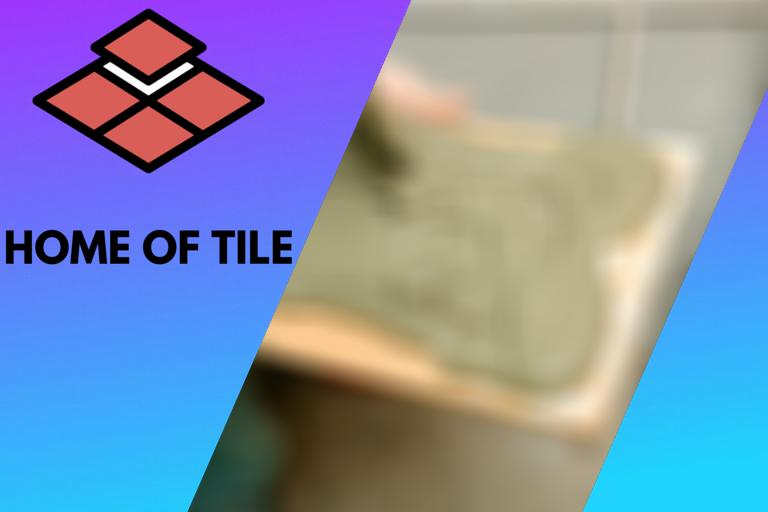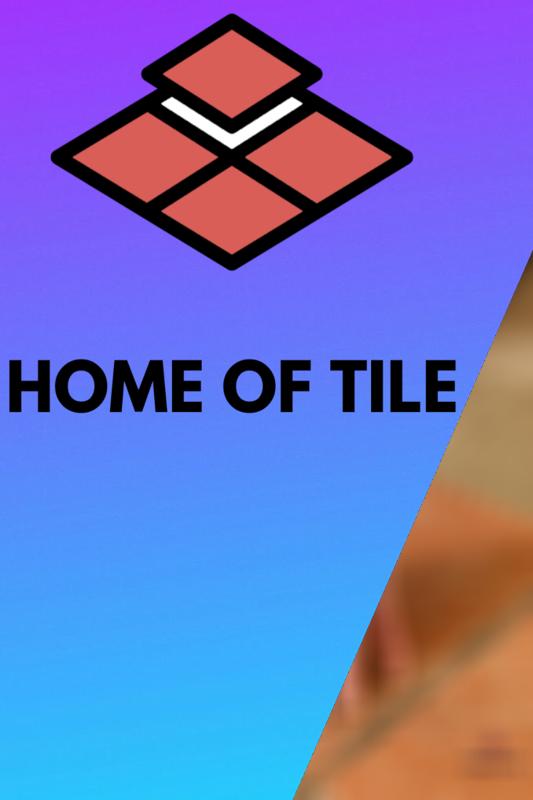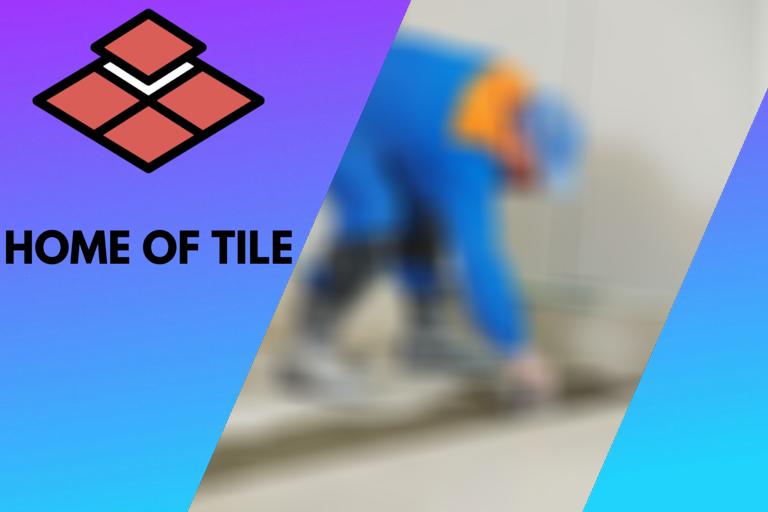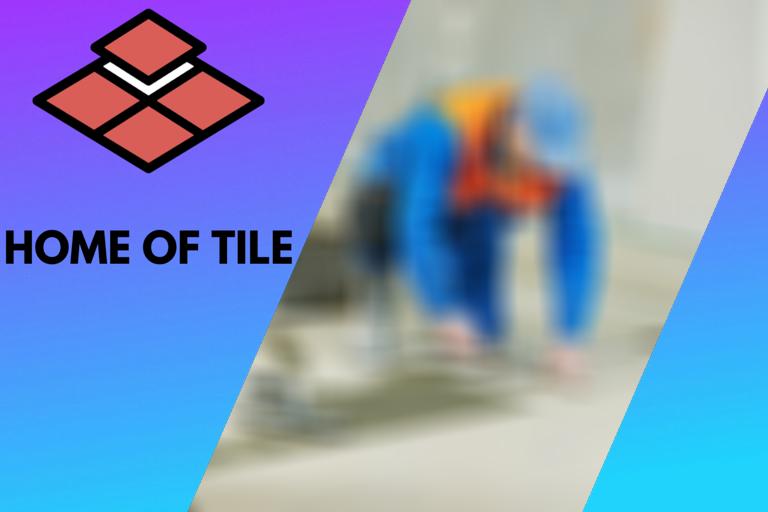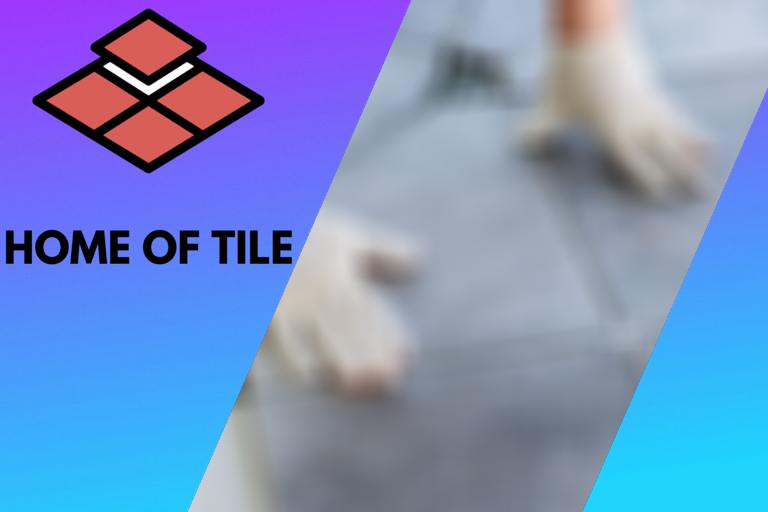Tiling and Bricks: 6 things you should know
Brick effect tiles are flat and lightweight tiles that have an authentic brick finish. These tiles are used where the installation of a natural brick wall would be expensive and impractical. These tiles perfectly imitate the look of an authentic brick finish yet require little maintenance. When installed, they are incredibly versatile and can help transform the feel of your home by giving it a more rustic, urban, or industrial look.
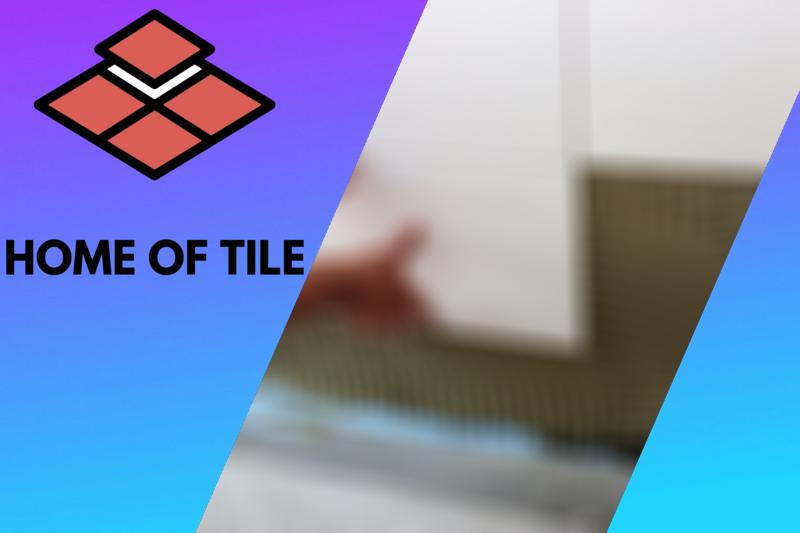
This article will provide you information regarding the installation of brick effect tiles in different patterns. It will also list a step-by-step guide to install tiles over a brick wall. This article also includes valuable tips about tiling brick effect tiles in the bathroom and kitchen. So, if you are planning to install brick effect tiles in your house, check the different sections of this article to learn more.
Contents
- 1 Brick bond tiling corners, Some helpful tips
- 2 How to do brick effect tiling, Some helpful tips:
- 2.1 ● Brick Effect Tiling: Vertical Block Layout
- 2.2 ● Brick Effect Tiling: Offset Vertical Layout:
- 2.3 ● Brick Effect Tiling: Double Weave Layout:
- 2.4 ● Brick Effect Tiling: Horizontal brick layout:
- 2.5 ● Brick Effect Tiling: ¾ Horizontal brick layout:
- 2.6 ● Brick Effect Tiling: Half and half horizontal layout:
- 2.7 ● Brick Effect Tiling: Herringbone layout:
- 2.8 ● Brick Effect Tiling: Block Herringbone layout:
- 3 How to prepare a brick wall for tiling, follow these methods:
- 3.1 ● Method 1: Dry Lining
- 3.2 ● Method 2: Install a Stud Wall
- 3.2.1 – Step 1: Construct a timber stud frame.
- 3.2.2 – Step 2: Install the tile backer board.
- 3.2.3 – Step 3: Prime the board.
- 3.2.4 – Step 4: Apply the adhesive.
- 3.2.5 – Step 5: Install the tiles.
- 3.2.6 – Step 6: Allow the adhesive to cure.
- 3.2.7 – Step 7: Apply the grout.
- 3.2.8 – Step 8: Clean the surface.
- 3.3 ● Method 3: Applying a smoothing render
- 4 Tiling a kitchen wall brick effect, some helpful tips:
- 5 Tiling onto brick in the bathroom, some helpful tips:
- 6 Tiling with brick tiles, some helpful tips:
Brick bond tiling corners, Some helpful tips
In general, the best way to tile brick tiles around corners is to complete the brick cut on one wall at the other wall. For example, if the last tile requires a half-cut before the wall ends, make sure to install a half-cut tile at the other side of the corner. This will ensure a smooth flow of the pattern even in the corners and make your tiles look seamless.
There are various types of brick bonds used in brick masonry. These bonds include a stretcher, header, English, raking, and dutch bonds, to name a few. Problems can arise when you reach corners where the brick pattern is disturbed. However, there are different approaches to combat this problem. The method with the best result is to complete the brick pattern according to the size of the single brick tile.
How to do brick effect tiling, Some helpful tips:
The simplicity of brick effect tiling and tiles makes them a popular choice for bathrooms, kitchens, and living rooms. Tiles can be installed in a variety of patterns to create artistic and original designs. Here are seven different styles that give an impressive appearance to your home:
● Brick Effect Tiling: Vertical Block Layout
Laying the brick tiles vertically gives a great eye-catching alternative as compared to the traditional horizontal brick layout. This layout draws the eyes upward rather than horizontally, giving the illusion that the height of the wall looks greater than its actual height. Because of this, a vertical style is best suitable when your ceiling height is lower than average.
● Brick Effect Tiling: Offset Vertical Layout:
You may install these tiles vertically with an offset. In this layout, the tiles are installed a bit right or left to the tiles above, leaving the grout lines unaligned, opposed to the vertical block layout. Darker grout lines add to the beauty of this layout.
● Brick Effect Tiling: Double Weave Layout:
To create a more complex pattern, you can install the brick tiles in a double weave layout. This layout gives an entirely different look to the wall. In this layout, two vertical and two horizontal tile blocks are installed adjacent to each other. Contrasting grout lines highlight the beauty of this arrangement.
● Brick Effect Tiling: Horizontal brick layout:
A horizontal brick layout is the most common among all the designs. This layout can be followed in all areas of the home. It creates an illusion of width as the eyes are drawn horizontally along the grout lines. This layout helps hide uneven surfaces and crooked walls as your focus is on the repetitive horizontal pattern rather than the individual tiles.
● Brick Effect Tiling: ¾ Horizontal brick layout:
In this layout, the brick tiles still overlap but only a little. This layout introduces a twist in the traditional horizontal layout and gives a different look to the wall.
● Brick Effect Tiling: Half and half horizontal layout:
In this layout, the tiles overlap by half of their length. It is the most common pattern to lay brick effect tiles, especially on the house’s exterior walls.
● Brick Effect Tiling: Herringbone layout:
A herringbone pattern adds to the uniformity and stability of the walls and floors. This layout provides a great sense of length and width to a room. In other words, it makes the room feel larger than it is. Therefore, it is more suitable for narrow hallway floors or small rooms.
● Brick Effect Tiling: Block Herringbone layout:
In this layout, the tiles are installed vertically as well as horizontally adjacent to each other. This pattern is recommended in smaller areas of the house as it can look busy. It can also be used in large open spaces when you are using smaller brick tiles. Allow yourself 10% extra material for cuts and breakages when tiling in a block herringbone layout.
How to prepare a brick wall for tiling, follow these methods:
In general, you can tile over a brick wall. However, our experience is that it can be tricky and may result in an uneven finish. Because of the uneven nature of most brick surfaces, you should prepare the wall and make it smooth and even. Some of the methods to prepare a brick wall for tiling are dry lining, installing a stud wall, and applying a smooth render.
Tiling directly over brick walls rarely results in a smooth and perfect finish as the brick wall does not always provide an ideal surface to lay tile on. The secret of a good result is to prepare the brick wall and create a smooth and even surface. Here are some of the best methods to prepare the brick wall for tiling:
● Method 1: Dry Lining
– Step 1: Make sure the wall is clean.
The first step is to ensure that the wall is free from any dust, loose thin-set, or paint. Else adhesives may not properly bond to a wall containing unstable material.
– Step 2: Apply the plasterboard.
Install a 12 mm plasterboard using the dry lining method. You can use drywall adhesive to apply plasterboard to the wall. For wet areas, you must install moisture-resistant boards. Plasterboards help you to achieve a nice smooth surface.
– Step 3: Prime the board.
After installation of plasterboards, prime the board with acrylic primer. It is recommended not to use PVA primer for this purpose.
– Step 4: Apply the adhesive.
Once the primer is completely dry, apply the suitable adhesive for the tiles. You can use a cement-based adhesive for porcelain tiles and a ready-mixed adhesive for ceramic tiles.
– Step 5: Install the tiles.
Install the tiles over the adhesive. Press the tiles firmly and make sure that the joints are kept even. Use spacers to place the tiles adjacent to each other evenly.
– Step 6: Allow the adhesive to cure.
After installing the tiles, allow the adhesive to dry sufficiently before applying the grout so that you do not disturb the tiles newly installed to the wall.
– Step 7: Apply the grout.
Once the adhesive is dry, apply the grout to the joints. Remove any excess grout using a float at a 45-degree angle.
– Step 8: Clean the surface.
Let the grout dry sufficiently and clean the surface with a damp sponge or cheesecloth.
● Method 2: Install a Stud Wall
– Step 1: Construct a timber stud frame.
Build a stud frame with centers at 300mm apart. This ensures that there is no flexibility in the boards you are about to install. Fix the frame to the wall, floor, and ceiling.
– Step 2: Install the tile backer board.
Install a 12 mm tile backer board with the help of drywall screws. Fix the boards 300mm apart from each other. Insulation can be installed within the stud frame.
– Step 3: Prime the board.
After installation of tile backer boards, prime the board with an acrylic primer. It is not recommended to use a PVA primer for this purpose.
– Step 4: Apply the adhesive.
Once the primer is dry, apply a suitable adhesive to the tiles. You can use a cement-based adhesive for porcelain tiles and a ready-mixed adhesive for ceramic tiles.
– Step 5: Install the tiles.
Install the tiles over the adhesive. Press the tiles firmly and make sure that joints are kept even. Use spacers to place the tiles adjacent to each other evenly.
– Step 6: Allow the adhesive to cure.
After installing the tiles, allow the adhesive to dry sufficiently before applying the grout so that you do not disturb the tiles newly installed to the wall.
– Step 7: Apply the grout.
Once the adhesive is dry, apply the grout to the joints. Remove any excess grout using a float at a 45-degree angle.
– Step 8: Clean the surface.
Let the grout dry sufficiently and clean the surface with a damp sponge or cheesecloth.
● Method 3: Applying a smoothing render
– Step 1: Make sure the wall is clean.
The first step is to ensure that the wall is free from any dust, loose thin-set, or paint. Else adhesives may not properly bond to a wall containing unstable material.
– Step 2: Apply a cement-based render.
Once the wall is clean, apply a coat of cement-based render to the brick wall. Please make sure the render is flat and let it render cure for 2 weeks before installing any tiles.
– Step 3: Prime the board.
Once the render has appropriately cured, prime the board with acrylic primer. It is not recommended to use PVA primer for this purpose.
– Step 4: Apply the adhesive.
Once the primer is dry, apply a suitable adhesive to the tiles. You can use a cement-based adhesive for porcelain tiles and a ready-mixed adhesive for ceramic tiles.
– Step 5: Install the tiles.
Install the tiles over the adhesive. Press the tiles firmly and make sure that joints are kept even. Use spacers to place the tiles adjacent to each other evenly.
– Step 6: Allow the adhesive to cure.
After installing the tiles, allow the adhesive to dry sufficiently before applying the grout so that you do not disturb the tiles newly installed to the wall.
– Step 7: Apply the grout.
Once the adhesive is dry, apply the grout to the joints. Remove any excess grout using a float at a 45-degree angle.
– Step 8: Clean the surface.
Let the grout dry sufficiently and clean the surface with a damp sponge or cheesecloth.
Tiling a kitchen wall brick effect, some helpful tips:
Brick effect tiles are the most popular choice when it comes to tiling in the kitchen. These tiles give a more traditional as well as a rustic feel to space. The steps required to install brick effect tiles are discussed below.
● Step 1: Surface Preparation
Prepare the kitchen walls for tiling by removing any loose paint and sealing the surface with a primer. Then, mark out level lines using a spirit level on the surface of the blank wall.
● Step 2: Apply the adhesive
Mix the adhesive and apply it to the wall with a trowel. To ensure consistent coverage, use large sweeping strokes.
● Step 3: Install the tiles
Install the brick effect tiles in the desire pattern and place spacers between the tiles.
● Step 4: Sealant
To protect brick tiles, apply a coat of sealant when the adhesive has dried completely. Although this step is optional, areas like the kitchen should be recommended to avoid any grease splashes or marks.
● Step 5: Pointing
Mix the pointing mortar and apply it to the joints.
● Step 6: Finishing
Ensure that the surface is clean and dry. Apply a second coat of sealant if required to protect the tile surface.
Tiling onto brick in the bathroom, some helpful tips:
In general, tiling onto a brick wall in the bathroom is similar to tiling over a brick wall elsewhere in the house. The only significant difference is that you have to cater to moisture-related problems. It is recommended to install insulation or use moisture-resistant plasterboards while preparing brick walls in the bathroom.
Moisture found in the bathroom and shower walls causes the walls to deteriorate over time. When preparing brick walls for tiling in the bathroom, you must use moisture-resistant plasterboards. These boards will not get affected by moisture in the area and will increase the longevity of the tiles in the bathroom.
Tiling with brick tiles, some helpful tips:
In general, Brick tiles are installed in the same way regular tiles are installed but can be trickier around corners where it is important to continue the flow of the tile work. Ensure that you do not get any mortar on the face of the tiles. To ensure that you do not spread the still wet mortar across the brick tiles, do not clean the wall after pointing.
Brick walls give a raw and natural look that can complement the feel of your home. However, it can be an expensive and time-consuming job if you do not have a brick wall visible. Brick tiles provide a solution to this problem. Tiling with brick tiles is a creative job as you can tile in different patterns and follow different brick bonds. Different brick tile patterns help you to achieve a unique look on your walls.

